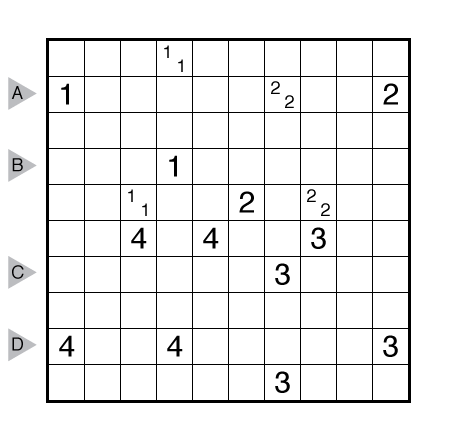Doctor’s Note: 2015 Site News/Cover Artist wanted
The advertised “stats” update for 2014 will be coming later, but I did want to follow up on several requests from readers for the new year.
– I’ve already posted about our site navigation changes for 2015 but I wanted to mention again the new sidebar/”posts by category” and “posts by author” bits and make sure solvers are finding this to be an improvement.
– We received many requests for a way to distinguish the PDF files in a week as they sometimes get mixed after printing; we’re now adding the posting date to the top of all PDFs in 2015 which should help track things better.
– The biggest open ticket to address is a way to track the puzzles you’ve solved. Here I have to rely on our web developer at the moment so I can’t promise you any timeline, but I hear the request loud and clear. We’ll work through the challenges of merging the solving data with a representative calendar of our site posts and have something available as soon as possible.
– We’ll be adding some new puzzlemasters this year, but I won’t tell you who or when yet. That will be a surprise.
– Also on the horizon for early this year are some improvements to our estore, including more titles there (that only our patrons have seen), and a new header for the blog.
Now that we are doing so many things with daily puzzles and monthly ebooks and other collections, it is time to bring on some more freelancers to help with the site and with our books. There are projects that simply cannot move fast enough because I don’t have the time to complete them myself. Our most pressing need is for an artist that can create covers for our book collections. We’re looking for clean, professional art that showcases how special our puzzles are, with our The Art of Sudoku cover being a prime example. If you think you might be the person to help us with that, please contact us.

